A new study by MoneyGeek again confirms that the public overestimates the impact of distracted driving. And not by a little. Drivers surveyed attribute 69% of crashes to distracted driving, when in fact, the percentage NHTSA attributes to distracted driving is just 14%.
Related: See the Impact of Smartphones On Distracted Driving Fatalities In a Graph Here
Distracted driving is easy to observe, we witness the occupants of vehicles in the driver’s seats doing many things other than focusing on the road. Collectively, we pin the blame on phones and smart devices, but the problem predates the invention of the iPhone. In fact, following the iPhone's introduction, distracted driving has decreased.
Related: NHTSA report shows distracted driving related accidents in decline
NHTSA considers cell phones responsible for about 8% of distracted driving injuries. Consider that statistic. It means that 92% of injuries due to distracted driving are not related to phones. Due to the power of large numbers, even that small percentage translates to about 33,000 injuries per year due to distraction from smart devices used in a vehicle.
One reason that the numbers related to smart device distraction are low by percentage is that safety experts consider almost everything one does in a vehicle distracted driving. For example, using GPS navigation or speaking to another vehicle occupant.
Overall, distracted driving is responsible for about one in ten vehicle-related fatalities per year. By far the two most common causes of fatal accidents are impaired driving and excessive speed. Each causes about a third of the fatalities on US roadways each year.
You can learn more from the full study here.
Image of Tesla occupant engaged in distracted driving by John Goreham. Re-use with permission only.
John Goreham is a long-time New England Motor Press Association member and recovering engineer. Following his engineering program, John also completed a marketing program at Northeastern University and worked with automotive component manufacturers. In addition to Torque News, John's work has appeared in print in dozens of American newspapers and he provides reviews to many vehicle shopping sites. You can follow John on Twitter, and view his credentials at Linkedin


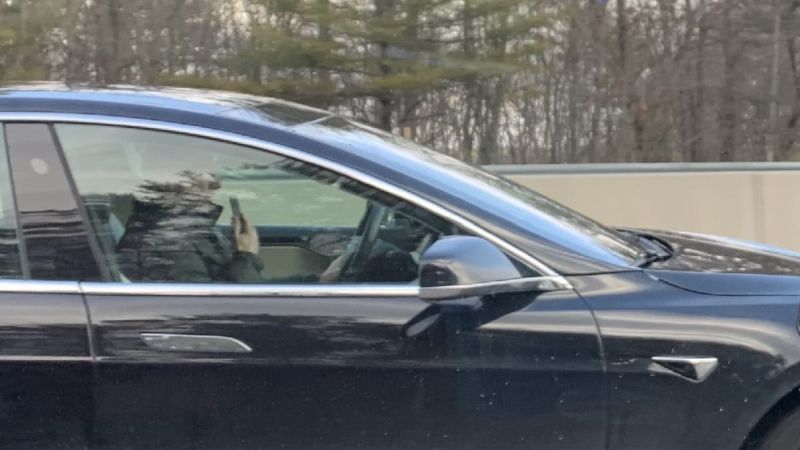





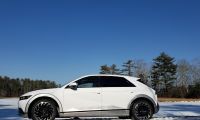
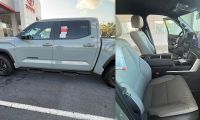
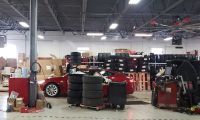
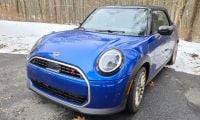
Comments
I don't think that their
Permalink
I don't think that their analysis is accurate. It's just that most drivers who get into accidents due to distraction are not going to admit it, because it immediately becomes solely their fault. So the bulk of the distracted driver accidents will be unreported. Still, I do agree that far more serious accidents are due to impaired driving and excessive speed. And from my daily commuting experience, I'd say that many come from impatience and reckless driving.
You are right. That is one
Permalink
In reply to I don't think that their by DeanMcManis (not verified)
You are right. That is one reason I focus mainly on fatal accidents in my reporting. All fatal accidents have a complete police report with a lot more facts than simple crash claims reported to insurance companies. The police include objective details that give the data more weight. It is also true that one could be speeding, under the influence, and also be distracted, which makes pinning the crash cause on one category a bit unclear. In my state, the police will close a road, even a major highway, for as long as they need in order to get the facts they seek. One of my old classmates in the 1990s was a veteran officer back in school earning an engineering degree to help make the police reconstruction team's skills that much more robust. With today's new driver-assist systems in every modern car, hopefully, distraction will be less of an issue, not more.